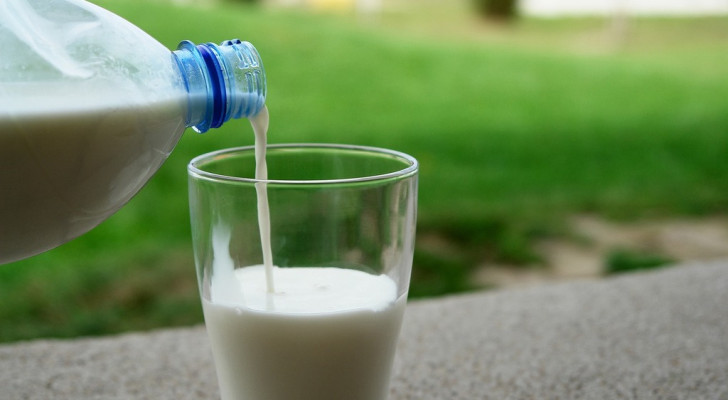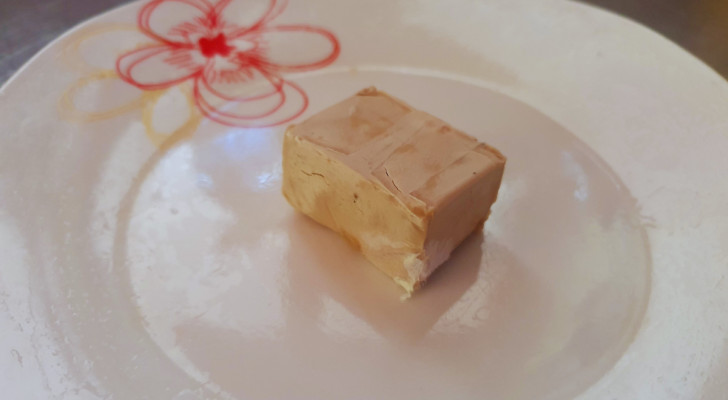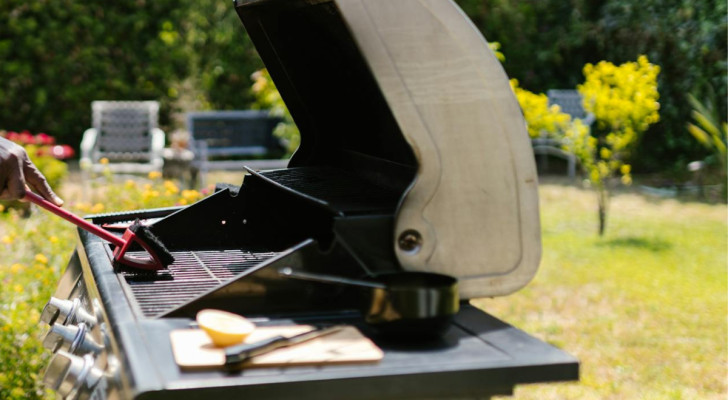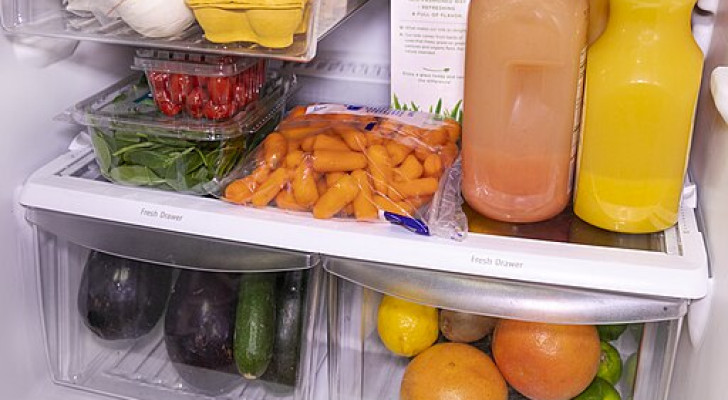Canned food: why storing leftovers in their original tin cans is not a good idea
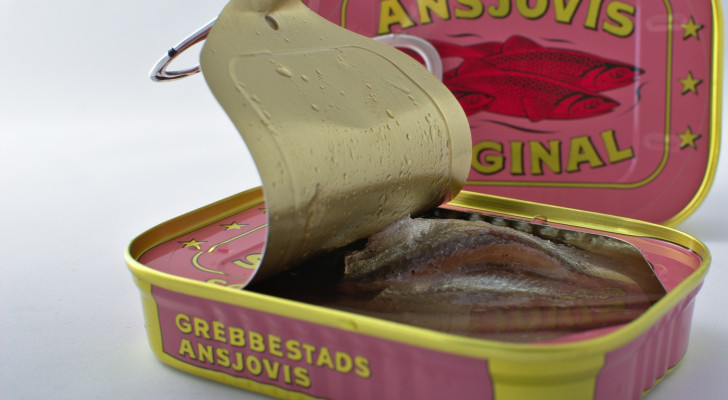
Tin cans are part of our everyday life and, although they are useful for the long-term preservation of food, they are not always good for our health or our taste buds.
That said, storing your leftover food in the refrigerator in their original tins/cans, could alter the organoleptic (taste) quality of your food and also be potentially harmful.
Let's find out why storing leftovers in cans is not a good idea:
Why storing leftovers in cans is not a good idea
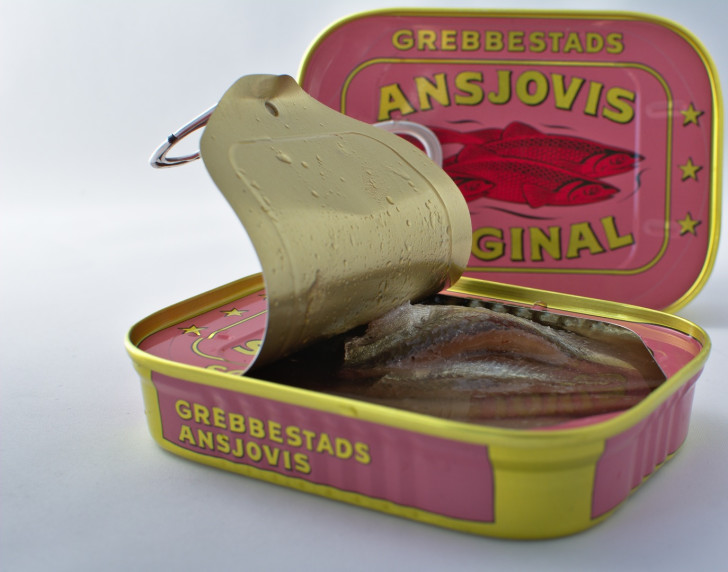
Cans are mainly made of rust-resistant aluminum and laminated steel and, when sealed in a vacuum, can be useful for the long-term preservation of food by protecting it from contact with air, humidity and heat.
However, by opening cans, they lose their sterility and expose the contents to oxygen (which causes the release of potentially harmful substances that will alter the chemical makeup of the canned food). This is especially true for acidic foods, which, by reacting with the metal of the can could contaminate the contents, changing its flavor and exposing it to mold and bacteria.
Covering the can with plastic wrap can be useful in reducing the contact with oxygen. However, this is not foolproof and only allows the food to be preserved for a few days.
Not only this: after opening, the contents of a can can dry out, accelerating the food's deterioration, as well as posing a risk of spills (and contaminating other foodstuffs in the fridge).
Where to store your food leftovers
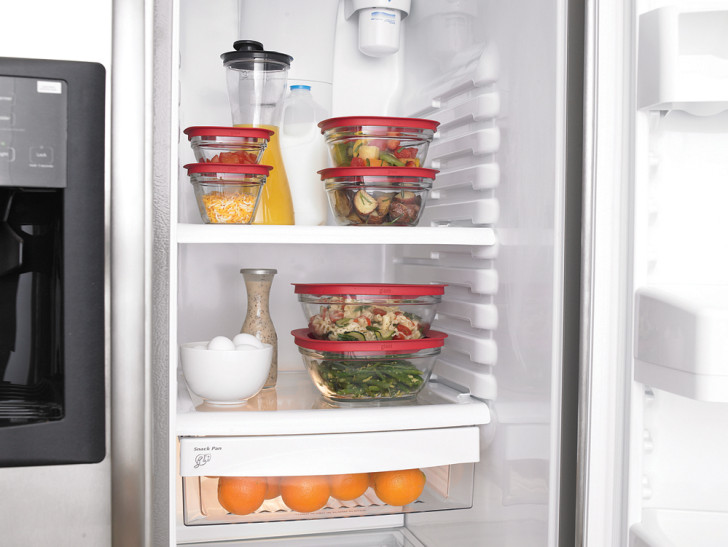
So where can you store your food leftovers after opening your food cans?
The best solution is to transfer the leftovers into glass jars, preferably with an airtight seal (or into BPA-free plastic containers). Also, covering leftovers with plastic wrap or aluminum foil (after transferal to a ceramic/glass bowl, for example) can be a good idea to preserve aroma, flavor and moisture.
Also remember that foods must be correctly arranged inside your refrigerator following a recommended pattern/layout: fruit and vegetables are stored in the lower drawers; meat, fish, poultry and raw foods should be stored on the lower shelves; cooked, preserved foods and leftovers should be kept on the upper shelves (along with eggs, milk and cheese); finally, in the doors shelves, you can store all those products that only require "mild refrigeration" such as drinks.
Finally, pay attention to hot foods: before placing heated food in the refrigerator, always wait until it has completely cooled down. This will prevent the internal temperature of the fridge from rising and causing the appliance to overload trying to get the temperature back down.
Do you still want to store your leftovers in cans?

